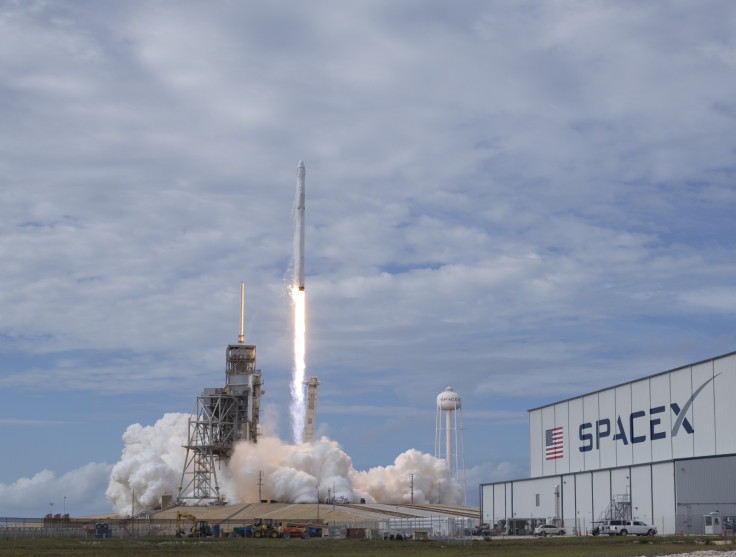SpaceX Starhopper safely goes up 500 feet, stays airborne for a minute
The space vehicle has been successful in initial tests and is now expected to go in for full testing.
SpaceX has readied its most ambitious space vehicle. The Elon Musk owned company has succeeded in running initial tests on the Starhopper, its upcoming starship. This is the second non-orbital attempt – while the first one went up to 150 feet, the second one has gone up 500 feet.
Chris Bergin, the managing editor of NASAspaceflight.com, tweeted about the test: "SpaceX's Starhopper conducts 150 meter test hop under the power of the SN6 Raptor! THAT WAS AMAZING!,"
So why the name Starhopper? Because the tests involved hopping – the space vehicle went up and then landed. This particular "hop" lasted 50 seconds and successfully landed on the target landing pad. The test was untethered – the space vehicle independently made the hop without assistance from a tether.
The Starhopper is set to be the company's last testing vehicle before it moves to Starship MK I and MK II prototypes. While the Starhopper has one raptor engine, the upcoming prototypes, under tests in Florida and Texas, will have three or more raptor engines.
According to SpaceX CEO Elon Musk, the company's ambitious flight testing will begin later this year. The larger prototypes are expected to stay alight much longer and fly to much higher altitudes.
SpaceX is also expected to replace the current engines it uses – Falcon 9 and Falcon Heavy. The company's ultimate aim is to work towards creating orbital spaceflight using reusable rockets, which will make spaceflight cheaper and streamline rocket construction so that rockets can be used for multiple uses.
The ultimate aim is to make rockets which go into and come back from space like airplanes go from destination to destination. It is expected to have the capability of carrying both cargo and passengers. The ultimate plans are for the starships to fly to various planets and solar systems.
The next tests in line are Starship orbital test, which is expected to take place in fall this year. While the current tests are low-altitude, low-velocity ones, the next one is expected to be high-altitude and high-velocity. These orbital tests aim to launch spaceflights carrying commercial payloads by 2021.

© Copyright IBTimes 2025. All rights reserved.





















